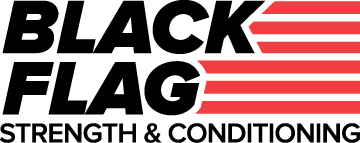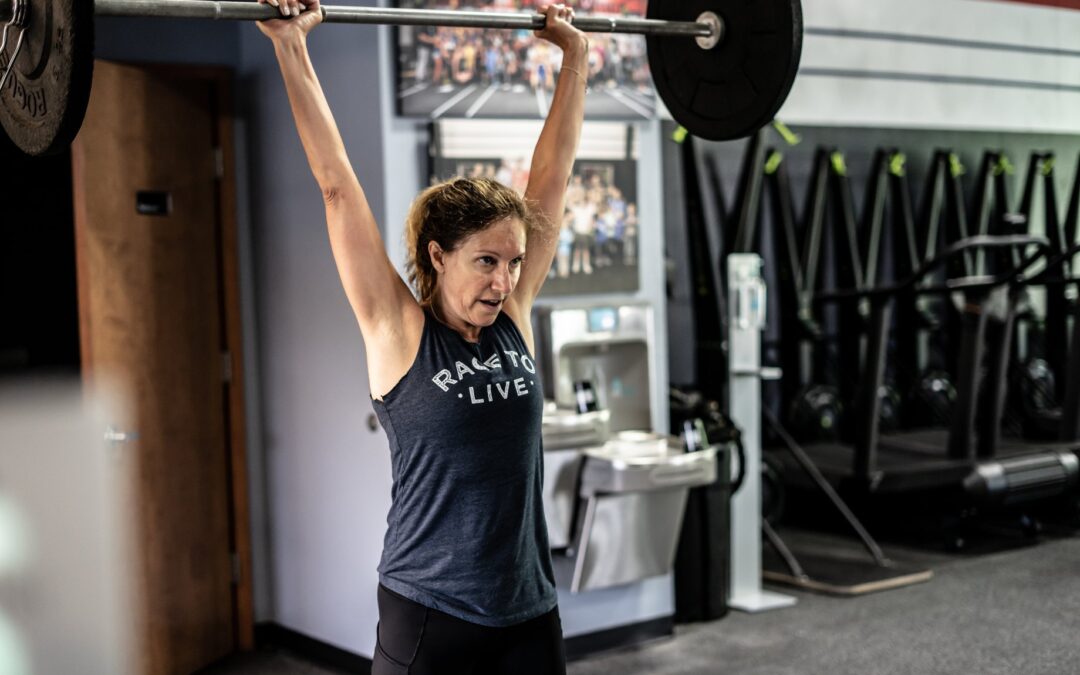“Be an athlete!” – As you enter Black Flag Athletics in Cleveland, Ohio, you will have often hear me uttering these words to a group of men and women who we are training. Most of these people work regular 9-5 jobs, with families and the rigors and stress of life that most of us encounter. Their glory days of high school and college athletics long gone, and yet, I still preach this ‘Mantra’ – “Be An Athlete.”
WHY?
To me, this phrase is something that every coach or trainer everywhere should preach to the people they train!
It should always be the ambition of every person to move with the effortless fluidity of an athlete in sport, an emphasis that a vast majority of coaches and trainers miss the mark on. Emphasizing silly, complicated (and sometimes dangerous) movements on things like “bosu balls” or go to the other end of the spectrum and require their athletes to become full-on powerlifters or Olympic lifters. Now, before you get upset with me because your trainer loves their “bosu balls,” I want to state that yes, there is a time and a place to train on an unstable surface. However, this should be used sparingly, with a majority of its use in injury prevention and rehab scenarios.
The key is to create a balance between all of the things. However, within that balance, work through multiple planes of movement (not just standing in place) must be done. We live in a world that forces us to move forward, backward, left, right, diagonally, and rotationally, so it is essential to create a training structure that will help to enhance that, not limit its development.
As we age, there are two things that research has shown to be abundantly clear in regards to creating a better quality of life. We must train to increase strength and to have strong aerobic capabilities. After all, the number one reason people are sent to the nursing home or assisted living is a lack of strength. As trainers, though, it is incumbent upon us to understand the kind of strength necessary for life long adaptations.
“Therefore, training mixed strength components comprised of movements through multiple planes with multiple angles of loading is a must.”
Now, I do not want there to be a misunderstanding. The cornerstone of training should be in things like squats, deadlifts, and presses. Still, to be truly functional and to incorporate aspects of human movement, things like balance, coordination, and stability must also be trained. And this is easily accomplished through things like single-arm and single-leg training as well as rotational and anti-rotational training.
Far too often, coaches who advocate themselves as “Functional Fitness Coaches” force capacity and intensity before establishing balance, coordination, and symmetry. Sure, there may be some short term success, but in the long run, its a recipe for chronic compensations leading to overuse injury and overtraining.
As practitioners who advocate health, wellness, AND fitness, our priority should always be to refine movement quality, focusing on coordination, structural balance, and stability. In turn, it creates symmetry, which in turn enhances strength, power, and increases in capacity. All while decreasing the potential for injury or overtraining.
A real functional fitness training regiment should be incremental and have athletes work through multiple planes of movement, with loading from various positions. Training this way will increase all components of fitness, will limit the potential for compensations and overuse injuries, making the system truly stronger, more powerful, and genuinely functional while improving resiliency and performance – Like an Athlete!
Yours In Fitness,
“Take care of your body. It’s the only place you have to live.”
CEO/Owner – Black Flag Athletics

